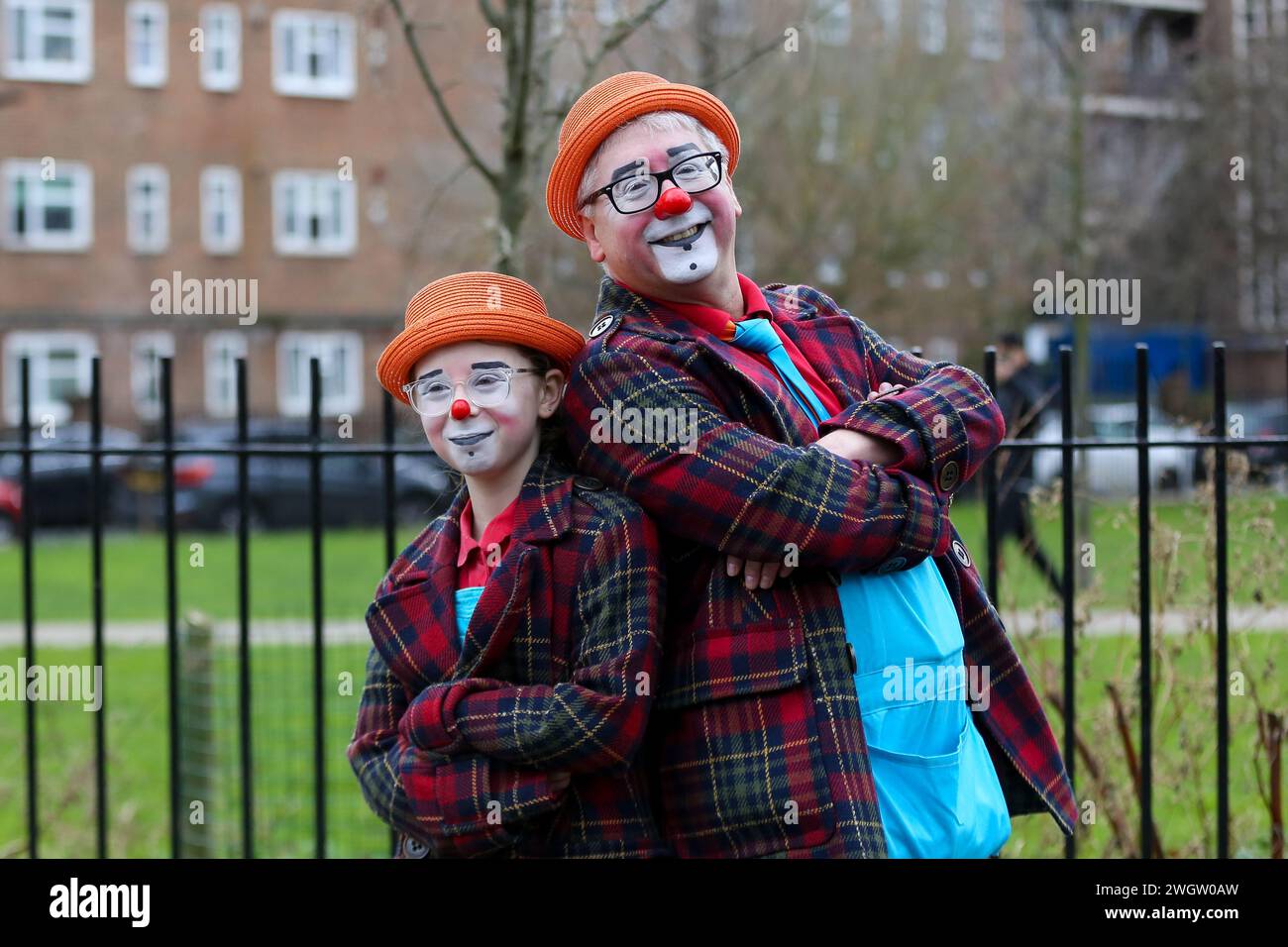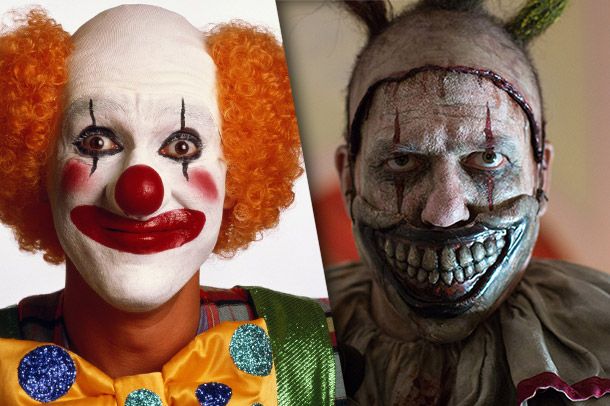Some Known Incorrect Statements About All Occasion Performers
Some Known Incorrect Statements About All Occasion Performers
Blog Article
Some Known Factual Statements About All Occasion Performers
Table of ContentsFascination About All Occasion Performers3 Easy Facts About All Occasion Performers ExplainedThe Best Guide To All Occasion PerformersThe 15-Second Trick For All Occasion PerformersThe Definitive Guide for All Occasion Performers
Political comic artist Thomas Nast based his illustrations of Uncle Sam on Rice and his costume. Dan Rice was an achieved animal instructor. He specialized in pigs and mules, which he trained and marketed to various other clowns. He additionally provided an act with a trained rhinoceros and is the only individual in circus background to offer a tightrope walking elephant.He was additionally a benefactor who offered kindly to many charities and he set up the initial monument to soldiers killed throughout the Civil War - Corporate events near me. Beginnings of the Auguste characterThere is a widely informed tale about the origins of the Auguste clown. According to the tale, an American acrobat called Tom Belling was executing with a circus in Germany in 1869
Belling took off running, ending up in the circus sector where he fell over the ringcurb. In his shame and haste to escape, he fell over the ringcurb once more on his way out. The manager regulated that Belling continue appearing as the Auguste.
8 Easy Facts About All Occasion Performers Described
For one point, the word Auguste did not exist in the German language until after the personality ended up being prominent. Among the theories of the real origin is that Belling copied the personality from the R'izhii (Red Haired) clowns he saw when he explored Russia with a circus (https://all0ccperf0rm.wordpress.com/2024/06/15/all-occasion-performers/). Characters like the auguste absolutely existed previously

The dance later became recognized as tap dancing. It needs to be noted that there are alternative 'origins' for the tramp personality"one of which was the taking a trip "hoe boys," or travelling ranch employees, that rode the rails from one town to an additional, wiping the soot away from their eyes & mouth.
Top Guidelines Of All Occasion Performers
Note that the fright wig, overstated lips and eyes, extra-large garments and props of the American clown, props such a sparkling water, stuffed clubs, taking off cigars, and whistles full of residue, are not Grimaldi's. They belong to Tambo and Bones. The English blackface comic Charles Mathews concerned America in 1822 to execute and researched black life and custom-mades.
No person knows where the mummers' plays and Morris dancings came from. In such plays there is a combination of characters consisting of "kings" and "saints", cross-dressing, and blackface roles; the faces of Morris (or "Moorish") dancers were additionally blackened. The mummer's plays were except enjoyable. A lot of were done by inadequate men in the hungry time after Christmas.
The Derby Play of the Tup was done for food and beer by unemployed youths. One such objection has gone into American background as the Boston Tea Event.
The Buzz on All Occasion Performers

While not the extravagant affairs we assume of today, some early, rougher kinds of traveling circus were prominent in America from Revolutionary times-- George Washington was a follower. Blackface clowns executed in them from at least the 1810s and perhaps before; they were a staple by the 1820s. The large red or white mouth repainted on by contemporary clowns is a residue of the blackface mask.
In many areas minstrelsy was birthed when these entertainers relocated their acts from the tent to the stage of American range theaters. There was a strong element of clowning in minstrelsy. The blackface mask was a clown's camouflage, overemphasizing the facial functions into an animation, a caricature. The blackface clown might be the precursor of today's anodyne circus clown, but otherwise both are as opposite as blackface and whiteface.
What Does All Occasion Performers Do?
That in nineteenth-century America was more of an Aside from the ? What far better mask than blackface? In several customs the clown would certainly reveal some physical deformity, like a hunchback, dwarfism-- or like Jim Crow, lameness - Party clown. And since he was different, an Others, the clown was permitted to say and do things no person else could.
Satire and apology were central to minstrelsy. It's interesting that in the West African societies where most slaves came, the poet-singer griot offered the exact same ridiculing jester function when the occasion linked here occurred. That may have something to do with the curious (to us, looking back) ease with which Southern Blacks accepted not simply the music but also the demeaning humor of minstrelsy.

Emmett Kelly was the finest known tramp clown with his character "Weary Willie."Tramp clowns are experienced: + jugglers + illusionists + pianists + chalk talk musician + bicyclists.
Report this page